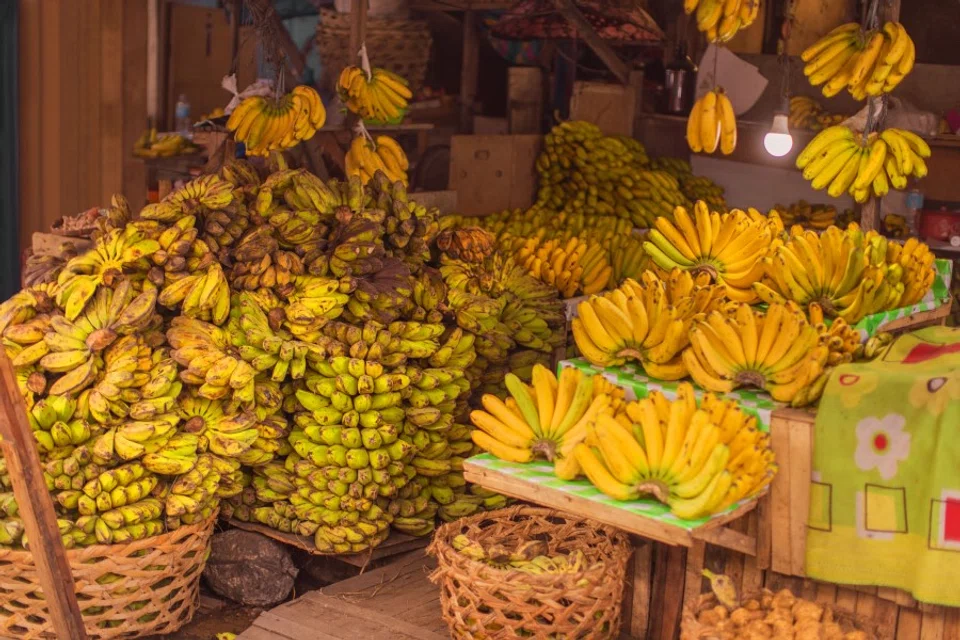What is President Duterte gaining from China?
Since taking office, Philippines president Rodrigo Duterte has been pursuing improved relations with China. ISEAS academic Malcolm Cook looks at what the Philippines has gained over the past three years.

Philippine hotels, casinos, airport vendors and banana and pineapple farmers are some of the direct beneficiaries of President Rodrigo Duterte's personal embrace of China and persistent pursuit of better diplomatic relations with the Philippines' third largest export market.
As with President Macapagal-Arroyo some fifteen years ago, Duterte has repeatedly justified his embrace of China and downplaying China's infringement of Philippine sovereign rights in the West Philippine Sea as the necessary means to boost Chinese investment in the Philippines and Philippine exports to China.
Around the time of President Duterte's first state visit to China in October 2016, Beijing lifted a number of unilateral barriers to key Philippine exports imposed at the height of bilateral tensions over the West Philippine Sea under Duterte's predecessor, President Benigno Aquino III. These included restrictions on tourism and fruit. Three years on, these Chinese goodwill actions towards the Duterte administration have significantly boosted the affected Philippine exports to China and added concrete support to Duterte's justification.
In 2015, the last full year of the Aquino administration, the Philippines attracted 490,841 tourist arrivals from China (excluding Hong Kong and Macau), fewer than from Japan and less than ten percent of total arrivals. By 2018, the number of tourist arrivals from China had surged by 256% to 1,257,962, double the number from Japan and 18% of arrivals. The first 10 months of 2019 have seen 1,639,231 tourist arrivals from China. Next year, China likely will surpass South Korea and become the country's top source of tourists.

Philippine exports of bananas and pineapples to China tell the same story. Both faced phytosanitary restrictions in China that depressed exports that were lifted in late 2016 despite no clear change in production methods in the Philippines.
In 2018, China was the fastest growing major export market and the second-largest one for Philippine pineapples after Japan. From 2014 to 2018, Philippine pineapple exports to China grew by 230%, while those to Japan only by 24%. Last year, China surpassed Japan to become the largest export market for Philippine bananas with exports to China growing by more than 250% from 2015 to 2018.
This article was first published as ISEAS Commentary 2019/107, 12 December 2019 "President Duterte's China Benefits" by Malcolm Cook.


![[Big read] Paying for pleasure: Chinese women indulge in handsome male hosts](https://cassette.sphdigital.com.sg/image/thinkchina/c2cf352c4d2ed7e9531e3525a2bd965a52dc4e85ccc026bc16515baab02389ab)

![[Big read] Love is hard to find for millions of rural Chinese men](https://cassette.sphdigital.com.sg/image/thinkchina/16fb62fbcf055b710e38d7679f82264ad682ce8b45542008afeb14d369a94399)
